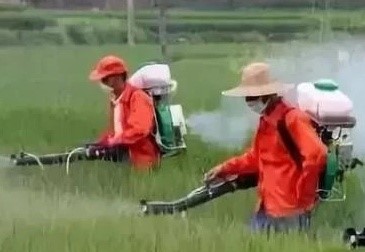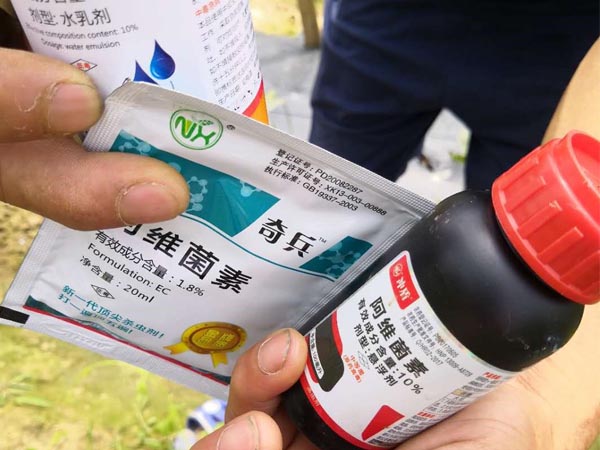Search Product
Search here for what you are looking for:
Search here for what you are looking for:

1.Don't
blindly pursue new pesticides
In
production, due to the long planting time of greenhouse vegetables, pests and
diseases are often increased and disease resistance is becoming stronger. Many
vegetable farmers mistakenly believe that the effect of old pesticides in the
past is not as good as before. Under this kind of thinking, it is new.
Pesticide favors, listen to the business to promote new drugs, do not ask the
pharmacological characteristics of the new drug, the price, blindly buy.

In fact,
although new pesticides have their own advantages, they are not omnipotent and
cannot completely replace previous pesticides. Because the new pesticides have
just been put into production, the pests and diseases have not been resistant
to them, and the dosage of using is small and the effect would be prominent.
Compared with the traditional pesticides, new pesticides have great advantages.
For example, fluopicolide compounded with propamocab hydrochloride has a good
effect on downy mildew of cucumber, and difenoconazole formulated with
azoxystrobin is very effective in controlling tomato leaf mold.
2.Pesticide
should be used together
When
tomato has a late blight, it is sprayed with propamocarb or metalaxyl. When an
early blight occurs, it sprays senomomanganese or anti-drug, and when a
bacterial disease occurs, it sprays copper. The result is that it controls one
problem and others are ignored. The reason is that the single pesticide is not
conducive to the comprehensive control of multiple diseases.
The use
of scientific and rational pesticides can expand the scope of use or treat
several harmful organisms, and even increase the efficacy and reduce the side
effects of pesticides such as resistance and phytotoxicity, which is efficient,
labor-saving and time-saving. Such as copper oxyride can be mixed with many
fungicides and insecticides, mixed with 30% suspension 600 times solution and
70% thiophanate 800 times solution to control bacterial leaf blight of vegetable
brown spot, anthracnose, bacterial angular spot disease and other diseases,
mixed with kasugamycin to prevent a tomato bacterial disease and fungal
disease.
3. The concentration of
azole-containing pesticides should not be too high
There
are many fungicides containing azoles, among which the components of Fuqing are
fluconazole, the components of Fuxing are flusilazole, the components of Shigao
are difenoconazole, and the components of Xiansheng are components of
myclobutanil and diniconazole. The component of tepazole and dichlorvos is propiconazole.
The instructions for these fungicides say how good the effects of controlling
powdery mildew, leaf mold and rust are, but there is no side effect of
excessive dosage.

Therefore,
when using this kind of pesticide, it must be used strictly according to the
specified amount. Otherwise, if the concentration is too high, the top leaves
of the plant will become smaller, thicker and shrink, and the most obvious is
that the internode becomes shorter, such as on the cucumber. Special attention
should be paid when using.
4. Abamectin can not be applied by
water rushing
Abamectin
is a highly effective, low-toxic, safe, insect-resistant insecticide with a
strong killing effect on most nematodes, ectoparasites and other arthropods.
Some vegetable farmers in the prevention and control of root-knot nematode
disease, the drug is applied with water, the results naturally fail to prevent
and control.
The
application of abamectin at 1500-2500 times can only guarantee its effect. That
is to say, it takes about 0.5 kg of abamectin to be applied to 1000L water. The
abamectin about 10kg can come into play, such a large amount is impossible to
achieve.